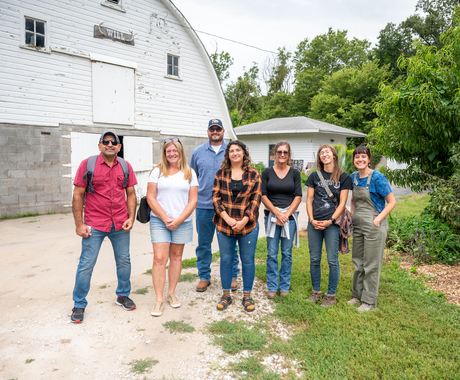Teresa Hoffman, senior communications associate, [email protected], 402.687.2100 ext. 1012
LYONS, NEBRASKA – For farmers across the nation, implementing conservation practices into existing row-crop operations has played a key role in maintaining healthy agricultural soils.
“Producers making these investments have seen improved soil structure and water holding capacity, a decrease in soil erosion, and improved bottom line,” said Kayla Bergman, policy manager for the Center for Rural Affairs.
Advanced technology is showing farmers that practices such as cover crops, extended crop rotation, no-till, and reduced tillage, increase the organic carbon of the soil while still being used for production.
The carbon impact of those practices are detailed in a series of fact sheets released today by the Center for Rural Affairs.
Bergman said high levels of organic matter and organic carbon are an important indicator of healthy soil.
“Fertile soils in the region are susceptible to soil organic carbon loss due to land management practices,” she said. “Cover crops, extended crop rotation, no-till, and reduced tillage allow farmers to produce crops while maintaining healthy soils and sequestering carbon.”
Bergman said programs, such as the Conservation Stewardship Program and Environmental Quality Incentives Program, provide farmers with both technical and financial assistance to get started. The programs are administered by the U.S. Department of Agriculture’s Natural Resources Conservation Service.
For more information and to download the “Carbon Impact of Conservation Practices” fact sheets, visit cfra.org/publications.




